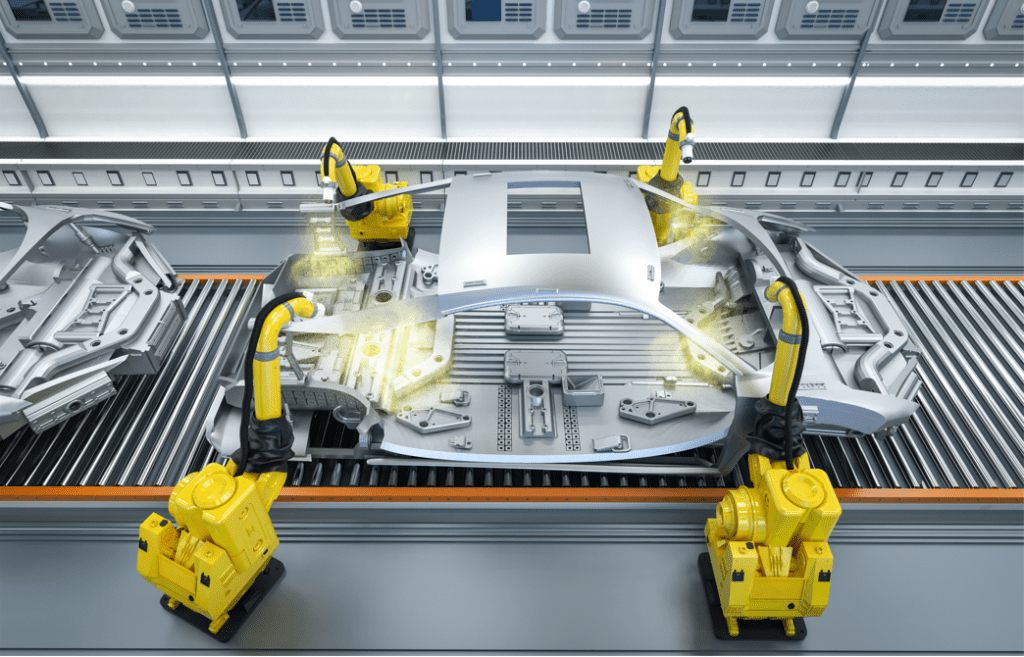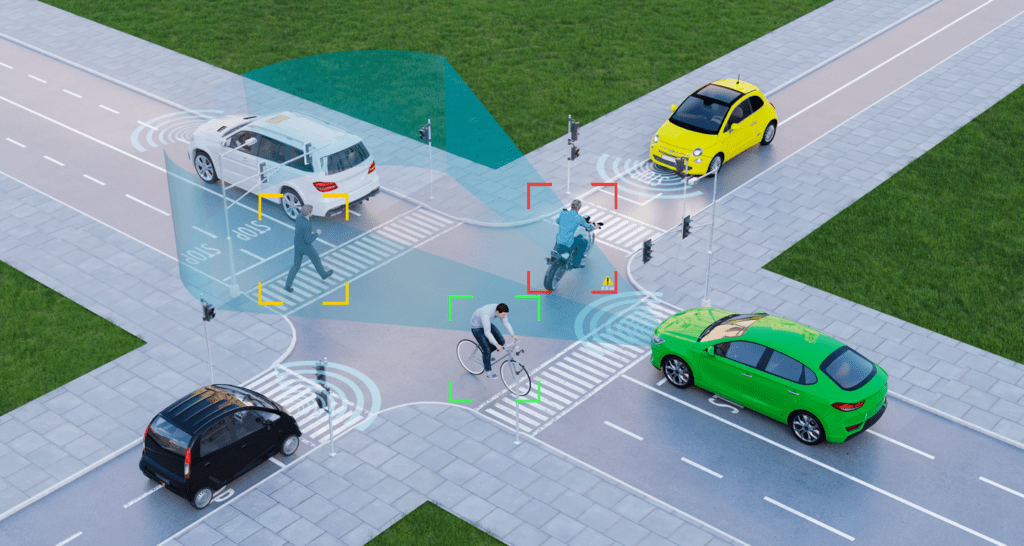Predictive asset maintenance in aerospace manufacturing plants
Asset maintenance in aircraft manufacturing plants ensures that the assets are in a safe and operative condition. The asset maintenance is carried out at regular intervals and the checks that are performed depend on the type of maintenance that is required. Predictive maintenance is a process that prevents equipment failures by detecting and repairing problems …
Predictive asset maintenance in aerospace manufacturing plants Read More »









